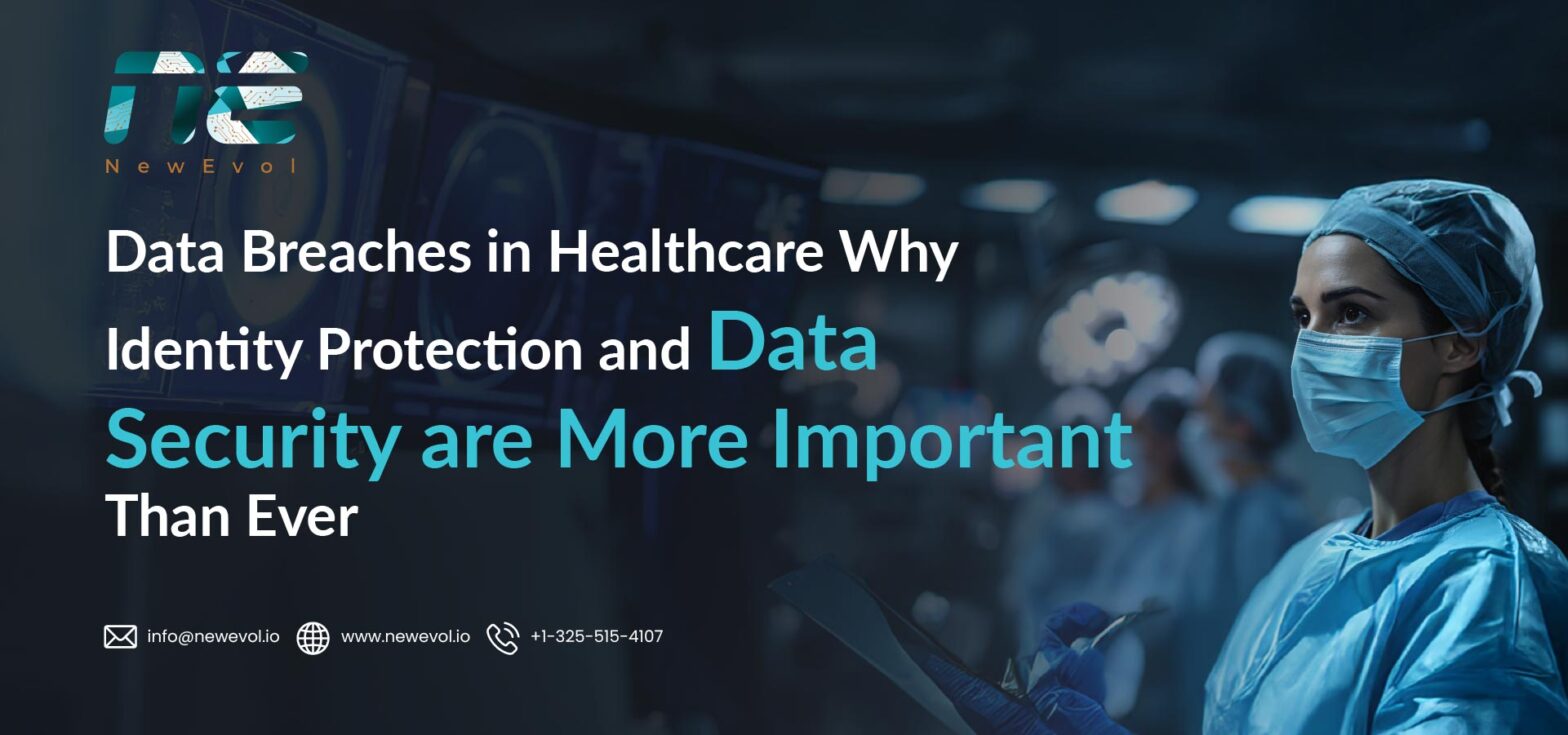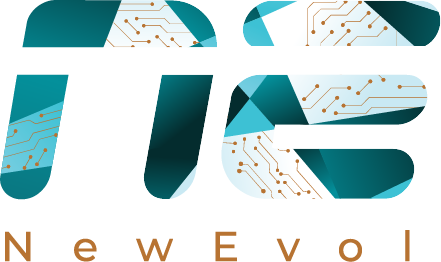Healthcare Data Breaches: The Need for Strong Identity & Security

Over the last decade, the U.S. healthcare sector has become one of the top targets for cybercriminals. Hospitals, clinics, and insurers now face constant threats of data breaches where millions of patient records are exposed. Unlike stolen credit card data, healthcare information carries long-term value—medical histories, social security numbers, and insurance details can be exploited for years.
Recent breaches have shown just how devastating these attacks can be, leading to financial loss, regulatory fines, and erosion of patient trust. This growing crisis raises a critical question: why is identity protection and data security more important than ever in healthcare?
The Rising Tide of Healthcare Data Breaches
Healthcare organizations in the U.S. are facing an unprecedented surge in data breaches. According to recent reports, millions of patient records are exposed each year, with 2024 marking one of the worst years on record for healthcare cybersecurity incidents. Unlike many other industries, healthcare data is particularly lucrative for attackers—medical records often sell for far more than credit card details on the dark web, since they contain personal identifiers, insurance information, and even financial details.
This trend isn’t slowing down. Ransomware groups, phishing campaigns, and insider threats are all contributing to a steady rise in healthcare breaches. What makes the problem worse is that many healthcare systems still rely on legacy IT infrastructure and fragmented security tools, making them prime targets for exploitation.
The consequences are not just financial. A single breach can lead to delayed treatments, canceled surgeries, and a loss of patient trust—turning a cybersecurity failure into a real public health crisis. With regulators increasing scrutiny and patients demanding stronger safeguards, healthcare providers are under immense pressure to prioritize identity protection and data security.
Why Healthcare Data Is So Valuable to Attackers
Healthcare data is one of the most profitable commodities on the dark web. Unlike credit card numbers, which can be quickly canceled, medical records have a long shelf life and can be exploited for years. A single patient record often includes full names, Social Security numbers, insurance details, prescription history, and even sensitive medical diagnoses.
Attackers use this information for:
- Identity theft – opening fraudulent bank accounts or applying for loans.
- Insurance fraud – filing fake claims using stolen policy details.
- Targeted scams – exploiting personal health information to trick victims into sharing more data or money.
In fact, healthcare data is estimated to be worth 10 to 50 times more than financial data on underground markets. For cybercriminals, breaching a hospital’s database isn’t just a one-time payday—it’s a continuous stream of exploitable information.
This is why healthcare organizations are at the top of the hit list for ransomware groups and advanced persistent threats (APTs). The combination of high-value data and critical services means attackers know providers are more likely to pay quickly to restore operations.
Protecting Identity and Data in Healthcare
One of the most effective ways for healthcare organizations to reduce breach risks is by strengthening identity and access management (IAM). A centralized IAM solution ensures that only the right people, using verified devices, can access sensitive patient records. By integrating IAM with electronic health record (EHR) systems, hospitals can eliminate gaps that attackers often exploit.
Implement Strong Identity & Access Management (IAM):
Centralize user authentication to ensure only authorized staff with verified devices can access patient records.
Adopt Role-Based Access Control (RBAC):
Limit system privileges based on job roles. For example, a nurse should not have the same access as a physician or IT admin.
Enforce Multi-Factor Authentication (MFA):
Add an extra security layer so attackers cannot misuse stolen passwords, especially for remote and cloud access.
Move to a Zero-Trust Framework:
Apply the “never trust, always verify” principle, continuously validating every access request regardless of its origin.
Monitor Insider Threats:
Use behavior analytics to detect unusual activity, such as large-scale patient file access outside of normal work hours.
Encrypt & Tokenize Sensitive Data:
Secure patient identifiers like SSNs and insurance details with encryption (at rest and in transit) and tokenization to make stolen data unreadable.
Conduct Regular Audits & Compliance Checks:
Perform routine assessments to align with HIPAA and other healthcare regulations, ensuring security policies remain effective.
Data Security Beyond the Perimeter
Protecting healthcare data today isn’t just about securing the network—it’s about safeguarding patient identities, devices, and data wherever they move.
Secure Cloud Environments:
With more hospitals moving to cloud-based EHRs and telehealth apps, encryption and continuous monitoring must extend beyond on-premise systems.
Endpoint Protection:
Every device — from doctors’ tablets to nurses’ mobile apps — can be an entry point. Deploy endpoint detection and response (EDR) to track and stop threats in real time.
Network Segmentation:
Isolate sensitive patient data from general hospital systems like billing or administration. This prevents attackers from moving freely once inside.
Secure Remote Access:
Remote staff, contractors, and third-party vendors need VPNs, MFA, and session monitoring to reduce risks from unsecured connections.
Continuous Threat Monitoring:
Security doesn’t stop at the firewall. 24/7 monitoring with automated alerts ensures that unusual activity is caught quickly before it escalates.
Lessons from Recent U.S. Breaches
High-profile breaches across U.S. healthcare show us that gaps in identity management, third-party risks, and delayed detection often cost organizations the most.
1. Third-Party Vendor Risks
In the 2023 MOVEit breach, several U.S. healthcare organizations had patient data exposed because of vulnerabilities in a vendor’s file transfer system. The lesson: security isn’t just about your defenses—it’s about every partner in your supply chain.
2. Identity Weaknesses
One hospital network compromise in 2024 began with a stolen employee credential reused across multiple systems. The breach ballooned into millions of exposed patient records. The takeaway: strong identity and access management (IAM) with MFA and strict password policies is non-negotiable.
3. Delayed Detection
The HCA Healthcare incident showed how long attackers can lurk undetected—data was for sale online months before discovery. The key lesson: real-time monitoring and faster detection can drastically reduce impact.
4. Data Misuse After Breach
Leaked healthcare data isn’t just about identity theft—it’s also been used for insurance fraud and prescription abuse. The takeaway: encryption and tokenization make stolen data far less usable for attackers.
How NewEvol Helps Healthcare Organizations
NewEvol empowers healthcare providers to stay ahead of threats with a security platform designed for highly regulated environments:
Automated Threat Detection & Response (SIEM + Orchestration & Response)
NewEvol’s SIEM solution continuously monitors network, endpoint, and cloud activity, while Orchestration & Response capabilities automate incident handling. This reduces dwell time and stops attackers before they escalate.
Identity-Centric Security (Analytics + Zero-Trust)
With role-based access, MFA integration, and zero trust enforcement powered by predictive analytics, NewEvol ensures only the right people access sensitive healthcare systems and patient records.
Third-Party & Supply Chain Risk Monitoring (Threat Intel + SIEM)
By embedding threat intelligence feeds into its SIEM platform, NewEvol provides visibility into vendor and partner risks, helping healthcare organizations identify exposure points before they’re exploited.
Data Protection & Compliance (Data Lake + Compliance Dashboards)
The Data Lake solution enables secure storage and analysis of large volumes of patient data. With built-in encryption, tokenization, and compliance dashboards, NewEvol simplifies HIPAA, HITECH, and GDPR audits.
Faster Incident Response (SOAR + Analytics)
With SOAR orchestration and security analytics, incident workflows are automated from detection to containment. This ensures IT and SOC teams respond faster and more consistently during breaches.
Final Thoughts
Healthcare is one of the most targeted industries for cyberattacks, and the cost of a breach goes far beyond financial loss—it impacts patient trust, safety, and compliance obligations. As threats grow more sophisticated, relying on perimeter defenses alone is no longer enough. Healthcare organizations need layered security, automation, and intelligence-driven monitoring to stay resilient.
With the right strategy and platforms like NewEvol, providers can reduce risk, strengthen compliance, and focus on what matters most, delivering safe and reliable patient care.
FAQs
1. Why is data security important in healthcare?
Because it protects sensitive patient information, ensures compliance with regulations, and maintains patient trust.
2. What are the effects of data breaches in healthcare?
They lead to financial losses, regulatory penalties, identity theft, and risks to patient safety.
3. Why is it important to prevent data breaches?
Prevention reduces costs, avoids reputational damage, and keeps critical medical services running without disruption.
4. What was the biggest healthcare data breach?
The 2015 Anthem breach, where nearly 80 million patient records were exposed.

